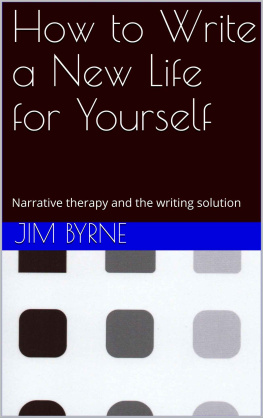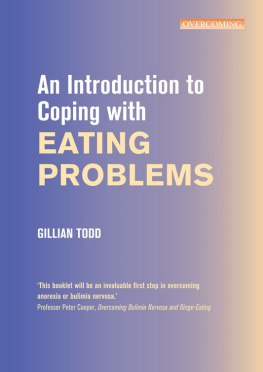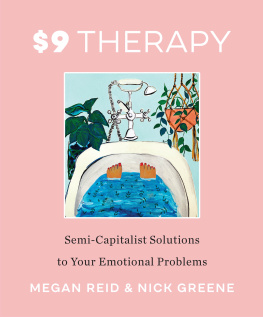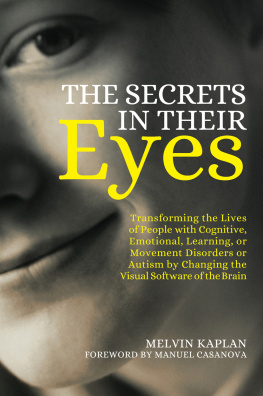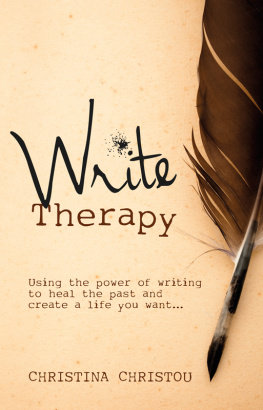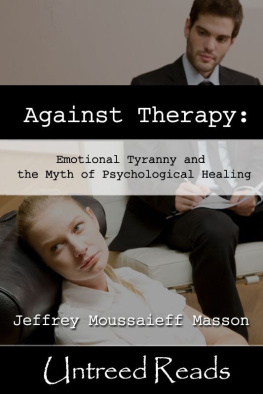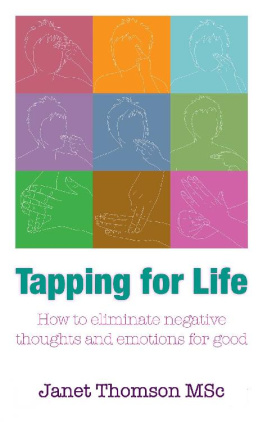The Institute for Emotive-Cognitive Embodied Narrative Therapy (E-CENT), Hebden Bridge; in collaboration with the CreateSpace Publishing Platform (an Amazon company). April 2018
Copyright Jim Byrne, 2018.
The basic content of Chapters 2 and 3 of this book was originally published as an eBook - with the title, Narrative Therapy and the Writing Solution: An emotive-cognitive approach to feeling better and solving problems - in September 2016. It is now being published as a paperback, for the first time, in April 2018, in this expanded and revised form, with the new title, How to Write a New Life for Yourself: Narrative therapy and the writing solution. Chapters 1, 4, 5 and 10 have not been published previously. And Chapters 7 and 8 appeared in both Byrne (2016) Holistic Counselling in Practice ; and Byrne (2018) Lifestyle Counselling and Coaching for the Whole Person.
This book - How to Write a New Life for Yourself - is published by E-CENT Institute Publications, 27 Wood End, Keighley Road, Hebden Bridge, HX7 8HJ, West Yorkshire, UK. April 2018.
Published in collaboration with, and distributed by, the CreateSpace Publishing Platform, an Amazon Company.
All rights reserved . The right of Dr Jim Byrne to be identified as the creator and sole owner of this text has been asserted. No part of this document may be copied, stored, translated or transmitted in any form without the explicit written permission of the copyright holder, Dr Jim Byrne dr.byrne@ecent-institute.org 01422 843629 (UK).
Preface
Building a bridge into a better future
Dr James Pennebaker (1997) writes:
For the past decade, an increasing number of studies have demonstrated that when individuals write about emotional experiences, significant physical and mental health improvements follow
~~~
We humans make sense of our lives by referring to our previous experiences of life. And we do that non-consciously, automatically, and via habit-based responses.
We interpret what happens to us on the basis of those previous experiences; which means we see new experiences through old, distorting lenses. Some of those earlier experiences are narrativized (or turned into stories), and some are non-narrativized (or left as gut feelings).
It is now widely accepted in psychology and social science that narratives and stories are central to how humans make sense of the world, and communicate with each other about their lives. (Though some parts of our old experiences, as indicated above, remain non-narrativized).
Professor Theodore Sarbin was one of the main American theorists who raised objections to earlier forms of empirical psychology, and argued that emotions are narrative emplotments. (Sarbin, 1989, 2001). We modify that by saying that there are basic emotions, which are innate, electro-chemical predispositions - but that those basic emotions are woven into higher cognitive emotions through the socialization that we receive in our family of origin; our schooling; and our exposure to cultural conditioning through the mass media, peer pressure, and so on.
And much, though not all, of that socialization, is done through the medium of language or stories; or apprehended through the medium of language. (And the story that we am living right now is significantly impacted by how much sleep we got last night, and its quality; the food we ate for breakfast today; and whether or not weve been physically active over the recent past. And these influences are further complicated by the stressors we are experiencing in our lives today).
So socialized narratives and stories, and our personal variations, are woven into who we are, (electro-chemically, in long-term memory), and thus we can change who we are being by changing our deep-narratives, through some effective forms of therapy. (And the effectiveness of this therapy approach will also depend upon how well we manage our lifestyle, in terms of diet, exercise, sleep, stress management, and so on).
Writing therapy is very well suited for this purpose, of working to change who we are being, based on our stored narratives; and there is lots of evidence of its effectiveness.
In her work on therapeutic writing, Julia Cameron (1992) uses several metaphors and similes to try to communicate what her readers and students can gain from using her system of therapeutic writing. The one I like the most is this:
Writing in your journal, about the trials and tribulations of your life, is like building a bridge into a better future for you!
And that is what I have set out to do in this book: To provide you with a roadmap which will support you in building a bridge into a better future for yourself.
I have used a more gradual approach than Julia Cameron. I want to help you to begin with small steps; in an easy, simple way; and to slowly build up your writing muscles.
In the process, you will develop a great capacity to manage your thinking-feeling-perceiving more reasonably; in a more self-regulated fashion. You will become more intuitive; more creative; and a more efficient and effective problem-solver. You will be less troubled by stress and strain, and more likely to succeed in achieving whatever goals you want to pursue!
Audiences for this book
This book has been written with four broad audiences in mind:
Self-help enthusiasts , who are defined as individuals who like to learn on their own; who are comfortable with the skill of writing; and who need to work through some unfinished business , from the recent or distant past; or to plan some way ahead, to resolve practical, emotional or relationship problems; or to improve their emotional self-management.
(Your journey begins at Chapter 1, once youve complete this Preface).
~~~
Professional helpers (like counsellors, psychologists, psychotherapists, social workers, etc.) who want to know how to add some elements of writing therapy to their normal face-to-face work with clients.
(See Chapter 10 for detailed guidance).
~~~
3. S tudents of counselling psychology and psychotherapy , or related disciplines, who want to learn about the psychology of writing therapy; frame theory; autobiographical writing; and emotional self-management.
(Your journey begins at Chapter 3, and resumes at Chapter 1).
~~~
4. And personal and professional development enthusiasts , who want to improve their own self-management skills, in terms of goals and values; problem solving; and effective thinking. This group is very broad, and includes teachers, medical doctors and nurses, managers, and other professional groups.
(Your journey begins with Chapter 7, and resumes at Chapter 1).
The relative merits of writing therapy and face-to-face counselling
Writing therapy has transformed many lives! As also has face-to-face counselling and therapy. So, what are the relative merits of face-to-face counselling and psychotherapy, on the one hand, and writing therapy, on the other?
If you are struggling with emotional problems, it is normally best to see a counsellor, psychologist or psychotherapist, to get some help with your problems. One of the reasons that this is important is that, having your emotional pain witnessed , and validated , by a healing person, is hugely therapeutic.
If you choose your counsellor wisely, they will act like a kind and supportive mirror to reflect you and your lifes experiences in an empathic, kind and supportive way. Depending on your background, this may be something that you have never experienced before; especially if you did not have good enough parents.

